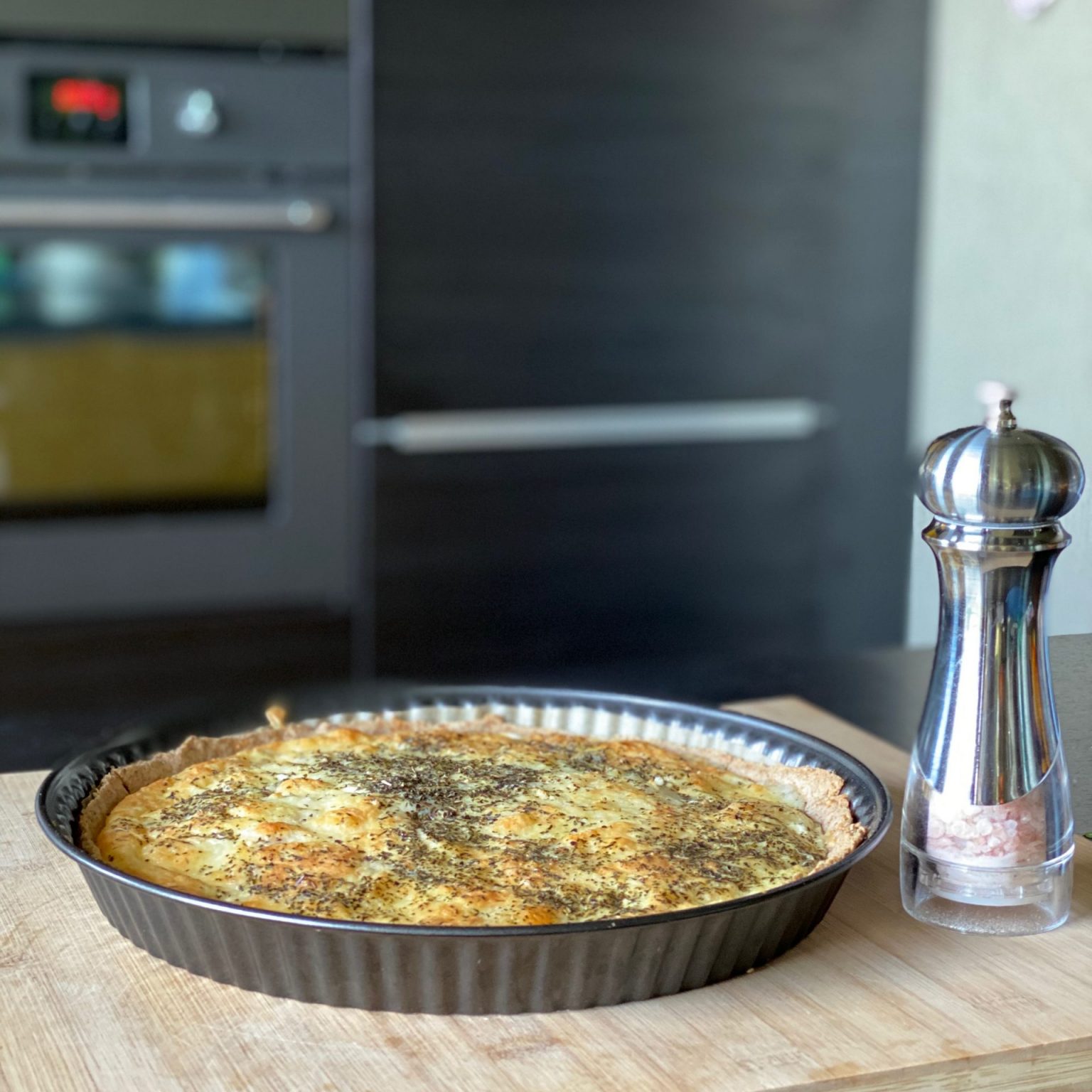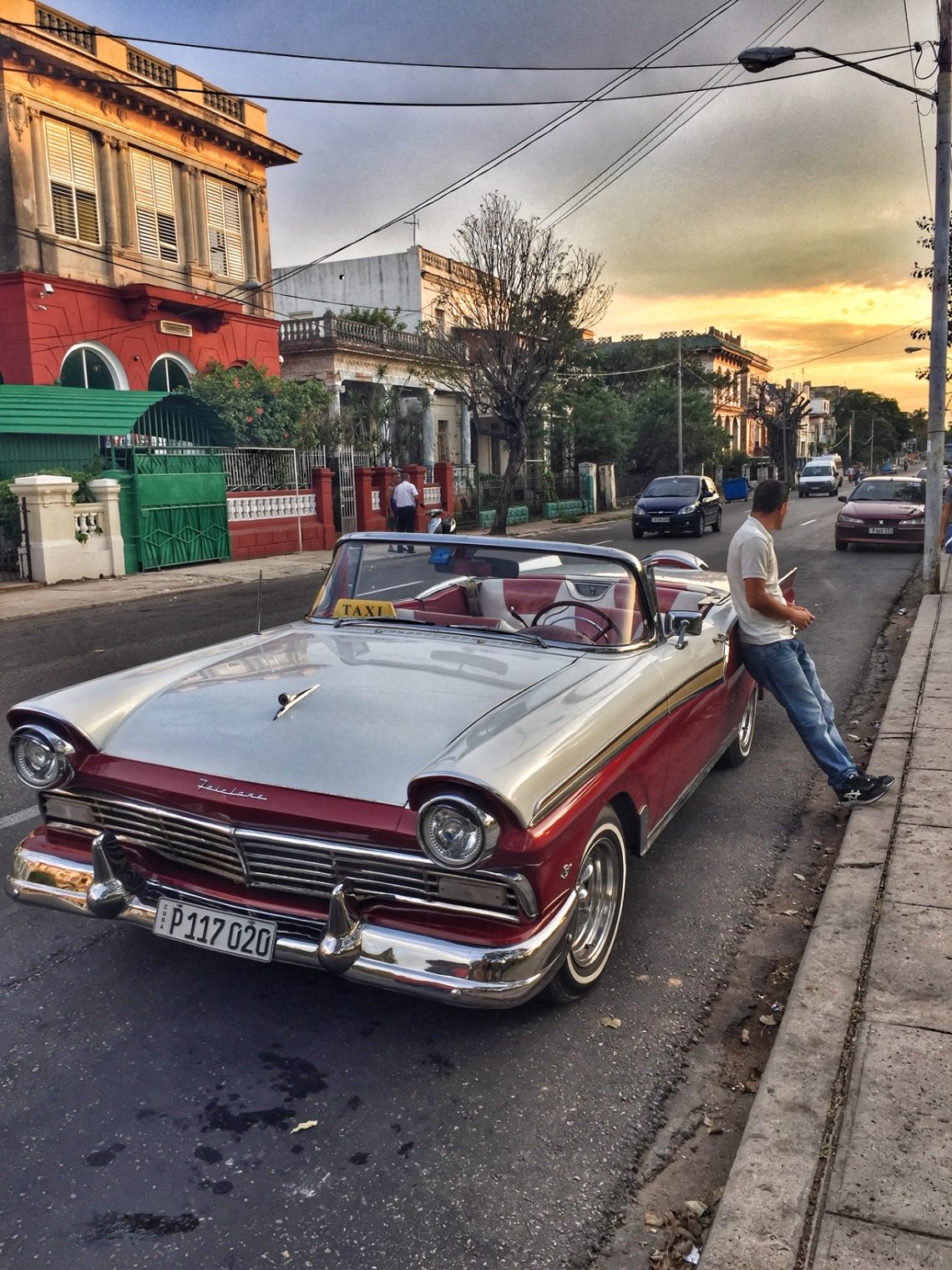
Cuba – Part I
I can’t believe that it has already been 3 years since our trip to Cuba. I have the feeling it has not been longer than.. a couple of months. Anyway, I will not be writing about how time flies but about the astonishing island of Cuba. I am doing this while listening to the music of Cuba Café, going back in my mind to the streets of Havana…
The trip was a present from my parents and Rudy organized everything (as usual 🙂). A week in Cuba – a dream came true!
It’s about time to tell you that in my Voyage blog you will not find a word about an organised trip. We always travel on our own (with no help from a travel agent), counting only on our adventurous spirits.
This time it was not different – we booked a cute little apartment via Airbnb located in the central past of Havana, the Valdeo district. (If some of you also has adventurous ideas about Cuba, drop me a line, I can give you a link for the apartment.)
Immediately after we got off the plane we realized that we need to go through a medical examination – multiple office bureaus just dropped in the middle of the airport with (old fashioned) nurses behind them and kilometers-long queues of tourists in front of them, patiently waiting to go through the examination. Of course, the rebel in me immediately woke up and started questioning why we had to go through this! Luckily, it turned out that we didn’t have to, as we were flying in from the Dominican Republic. It appears that these peculiar examinations were mainly targeted for tourists coming from the United States. We were joking that maybe they were checking for a capitalism diseases. 🙂
We got ourselves in a pre-booked cab (if you are interested how to organise one, contact me) and started our journey to the centre of Havana.
After a little bit more than 30min we arrived at our apartment and realised that it was just on the back of the emblematic Habana Libre. Do you know it? In this 25-storey hotel, in room 2324, Fidel Castro had his command centre for his communist revolution in Cuba. During the 60ies of the last century, Habana Libre was one of the main bases for the rebels led by Ernesto “Che” Guevara.
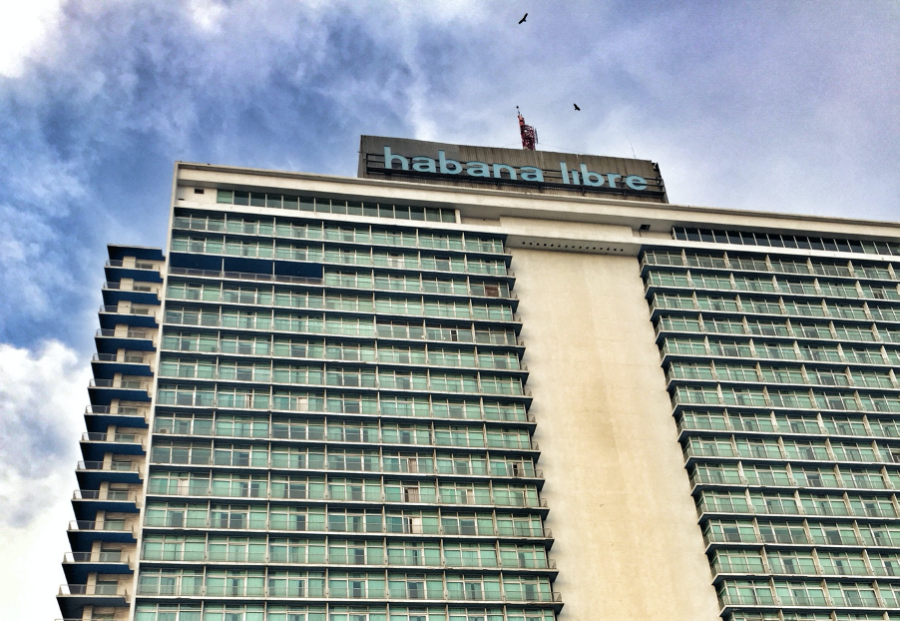
Today, in the lobby you can find one of the official stores for cigars in Havana, where you can legally buy maximum 50 cigars per person. You think it’s a lot? Trust me, it’s not! 🙂
Back to our apartment – we were welcomed by the owner of the apartment, who was fluent in English (not a common thing in Cuba for fairly obvious reasons) and extremely kind and talkative. The truth is that all the people we met in Cuba were super friendly!
The host explained in detail where we can find restaurants, tourist attractions and that there was a supermarket just 100m. away but it wouldn’t be very useful to us, as we wouldn’t be able to buy anything there. I was quite surprised and immediately asked how come you could not buy anything from a supermarket?! She smiled and told me that I would find out once we went there.
I was so curious that I didn’t even unpack the luggage and asked Rudy to first go to this “special” supermarket. The moment I stepped in, I understood the ironic smile of our host – we could not buy anything from the shop as all it had was pasta, rum and oil (but plenty of these)!
Oh well, it’s not a big deal – I thought to myself – there is abundance of all sorts of restaurant, we will be fine.
Quite hungry after the trip, we went to the first burger place we saw. You can’t really go wrong with a burger, right, right?! The moment we got our burgers served, I realized we would have one major issue during our trip – finding decent food!

It’s probably worth mentioning that Cubans are far from having a good life – more than 70% of the locals live in extreme poverty. The average salary in Havana is 21$ or 466 Cuban pesos. Cuba relies almost entirely on its local market and there is almost no import or export of products. This also explains why you cannot easily find many (basic) products such as eggs, mineral water, etc.
The currency in Cuba is peso. There are two types of peso – one for the locals (CUP), which you cannot use in the banks, exchange offices and most shops (also forbidden for tourists); and another one (CUC) for tourists and foreigners. Paying in local peso is always cheaper but 1) you can’t pay in most touristic shops (where you can buy Coca Cola, RedBull, if you have a foreign passport); and 2) it’s illegal to use it, if you are a foreigner.
If you have been reading my blog you might have figured by now that I am a real glutton, which means that good food and good wine are very important parts of my trips. Big part of my Voyage blogs will be tips about restaurants or local food to experience.
Having an exquisite meal in Cuba – this is a really difficult (and pricey) mission, but not impossible!
La Guarida restaurant
It’s located in a half-demolished from the Castro revolution attacks building. When you get in you will probably think that I pranked you…



But please, trust me and climb these extremely unattractive stairs.Once you do that you will see one of the most beautiful and luxurious restaurants with a lovely terrace over Havana, trendy interior and perfect service.
Don’t forget to book at least 3-4 days in advance! The restaurant is also very good for a lunch as the view from the terrace is stunning. The menu is diverse and very European (in the most positive sense).
Casa Miglis
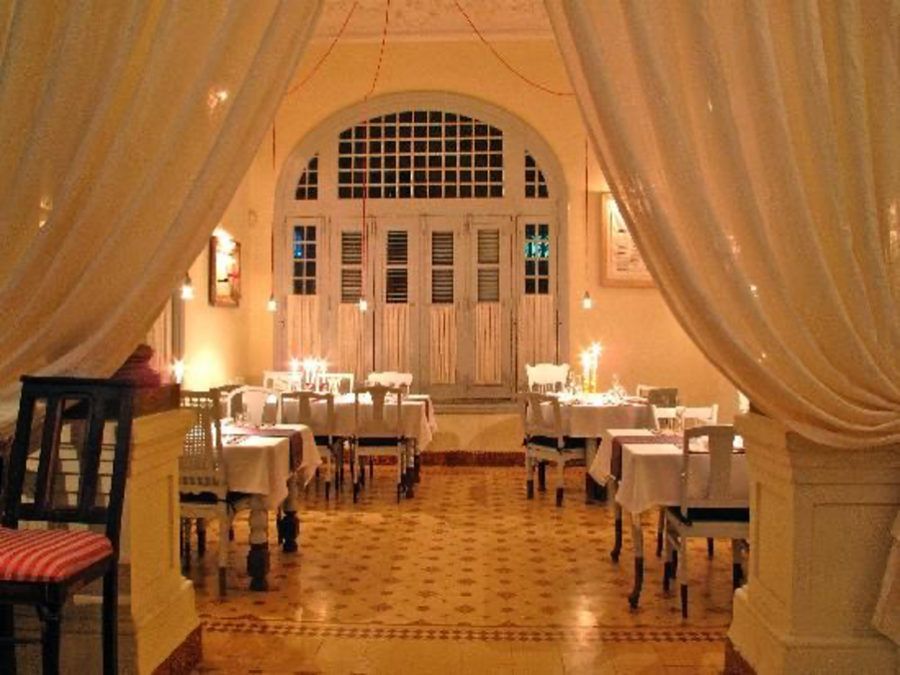
An Italian oasis in the Havana old town. Very easy to find even for those that have not rented a car or visiting Havana just for a couple of days. It will be difficult not to notice that every single product – from the salt to the water offered in the restaurant – is an import from Italy (given the scarcity of export products in the country, it makes you wonder how they do it…). The interior is very stylish in classical Italian and has romaint balconies, under which you will often hear the music of local street musicians.
Vista Mar
A rather unique place – perfect for sunbathing, lunch, afternoon coffee or cold lemonade, romantic dinner or trendy cocktail around the swimming pool.
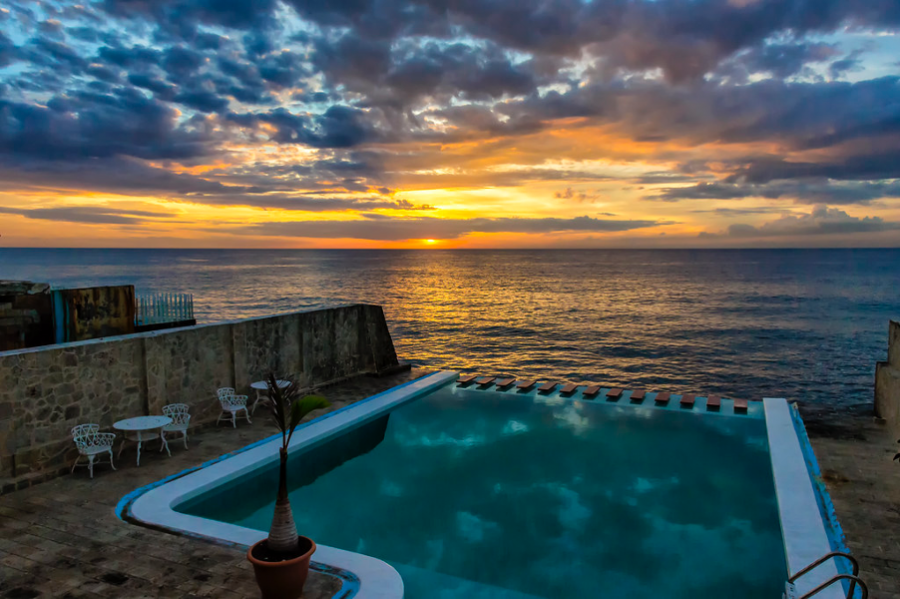
The restaurant is a bit further from the city centre, located in the most luxurious Havana district – Miramar. In Miramar you will find most of the embassies in Cuba (explaining why the palms in the streets are so perfectly arranged and taken care of). After many gloomy (and even sad) sights we experienced in Havana, Miramar seemed like an oasis to us. Make sure you have enough time for it – stroll or drive around and visit many nice restaurants. You will not find a lot of locals or tourists there but mainly expats and the language you will hear is predominantly English.

Wholegrain crackers

Homemade rye bread
You May Also Like
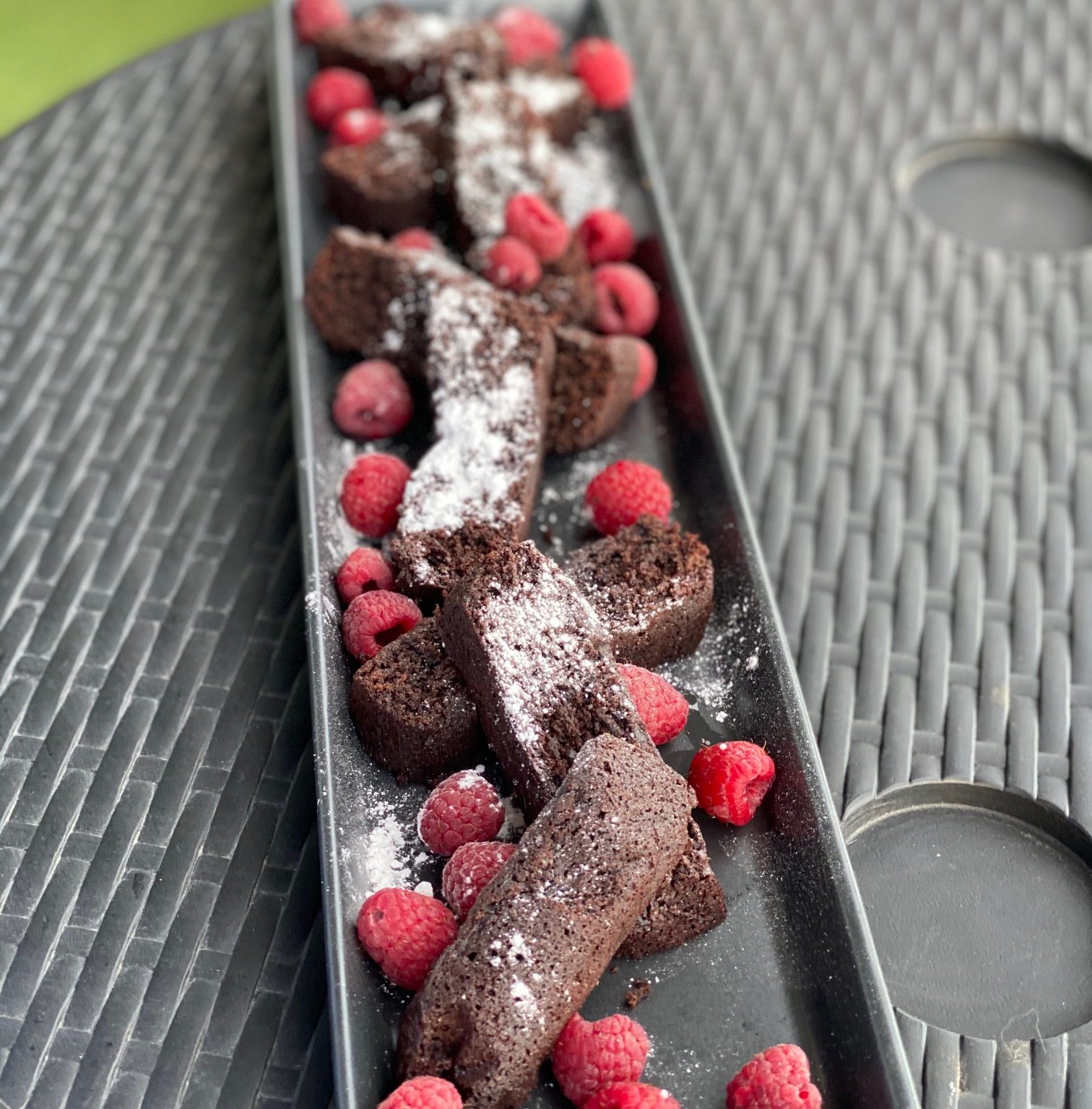
Healthy chocolate brownie
2 June 2020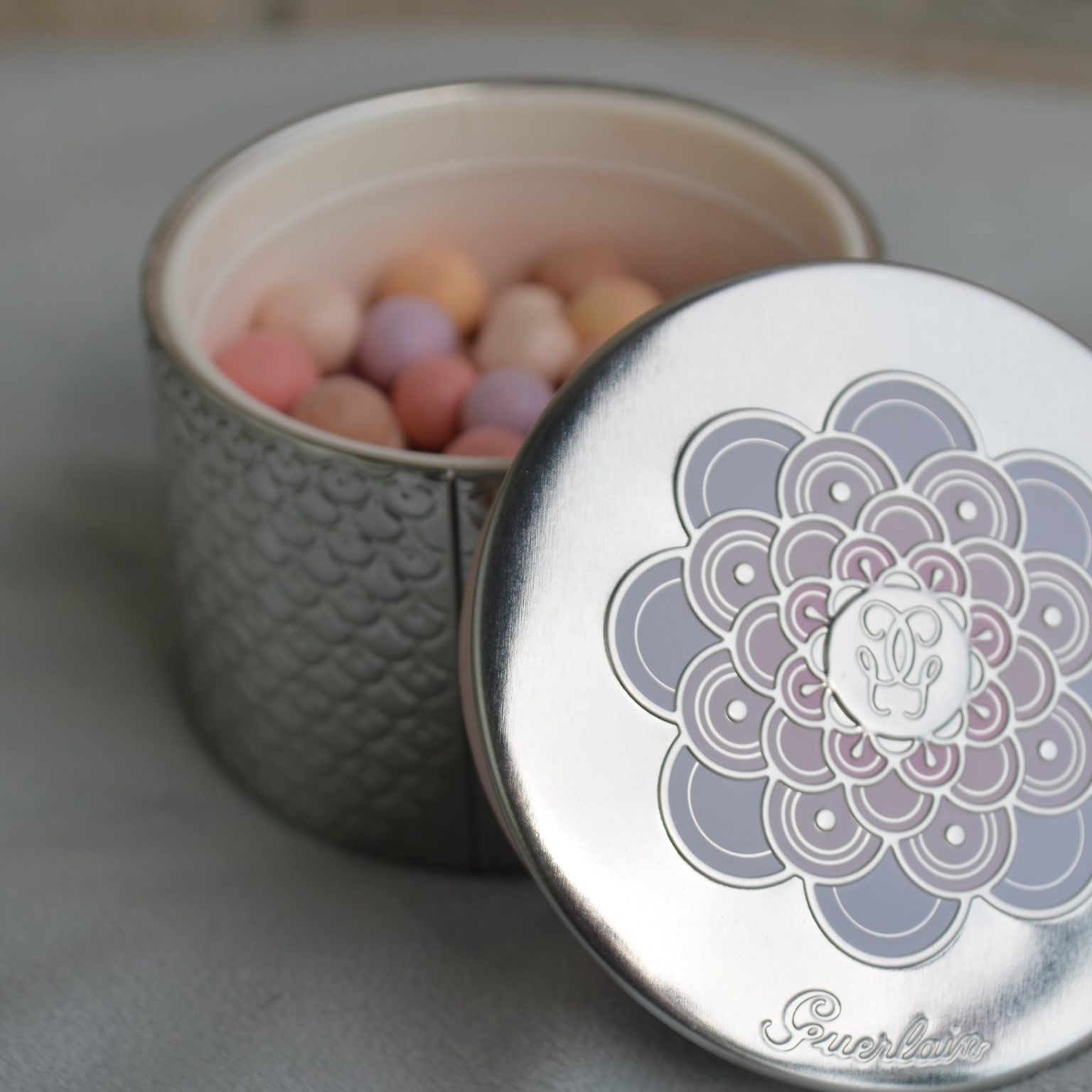
Guerlain Meteorites
2 June 2020